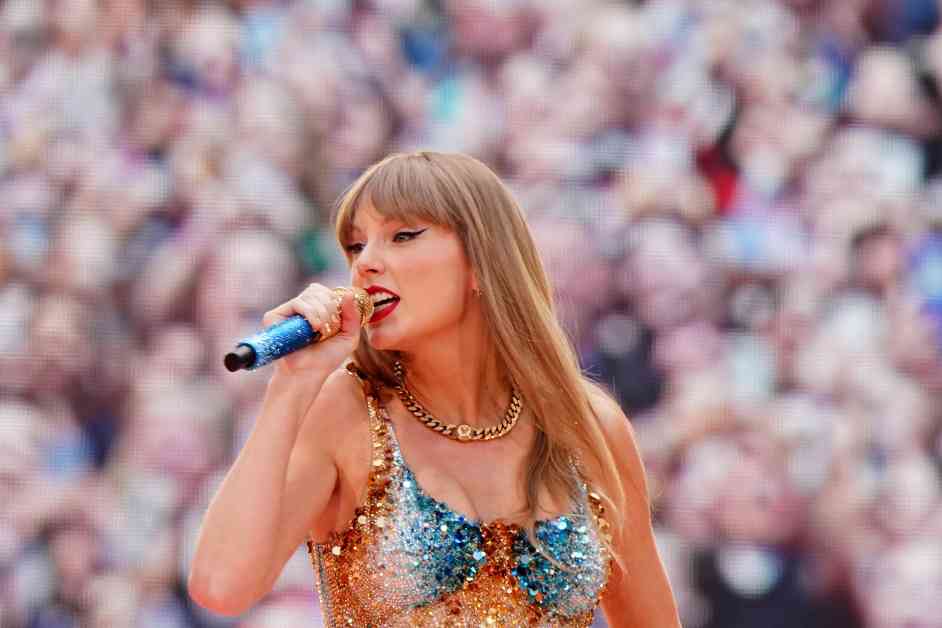The UK economy saw inflation holding steady in August, setting the stage for potential interest rate cuts by the Bank of England. Despite concerns over rising prices in certain service sectors, the headline rate of Consumer Price Inflation remained at 2.2% for the second consecutive month, in line with market expectations as reported by the Office for National Statistics.
Amidst a backdrop of easing inflationary pressures, the Bank of England had previously raised interest rates in response to the surge in prices following the pandemic recovery. The Monetary Policy Committee made the decision to lower rates by 0.25% in August from a 16-year high of 5.25%. However, economists are now questioning whether another rate cut will be sanctioned at the upcoming meeting, given the recent uptick in service sector inflation in August that offset declines in goods prices.
The outcome of the meeting is eagerly anticipated, with experts weighing in on the potential trajectory of inflation and interest rates. Russ Mould from AJ Bell investment platform business noted that services inflation may still be too high to justify another rate cut, with traders predicting a 73.9% probability of no cut at the upcoming meeting. However, Thomas Pugh of RSM UK remains optimistic about the future trend, suggesting that services inflation is likely to continue decreasing throughout the year, possibly paving the way for further rate cuts towards the end of the year.
One notable factor contributing to the rebound in services inflation was the impact of the Taylor Swift Eras tour, which led to a significant jump in cultural inflation from 6% to 7.8%. While this may have had a short-term effect on inflation, experts believe it is primarily driven by base effects and timing of data collection rather than underlying price pressures. Matt Swannell of the EY Item Club echoed this sentiment, suggesting that the recent uptick in services inflation should be temporary and that Consumer Price Inflation could potentially fall below the Bank of England’s 2% target in the coming months.
Looking at the broader economic landscape, the fall in global demand for crude oil has had a notable effect on the price of goods, with a 0.9% decrease in the year to August compared to 0.6% in the previous year. This decline, coupled with a softening in food price inflation, has contributed to the overall stability in inflation rates. George Lagarias of Forvis Mazars accountants highlighted the fortunate timing of China’s economic slowdown, which has helped deflate goods prices while service costs remain elevated.
As services sector inflation rose to 5.9% in the 12 months leading up to August 2024, from 5.7% in July, the ONS pointed out that Consumer Price Inflation had peaked at 11.1% in October 2022. This historical context serves as a reminder of the economy’s resilience in the face of fluctuating inflation rates and the importance of monitoring key indicators to guide future policy decisions.
In conclusion, the UK economy continues to navigate the complexities of inflation and interest rates, with the upcoming Bank of England meeting poised to provide further insight into the direction of monetary policy. While challenges persist in certain service sectors, experts remain cautiously optimistic about the potential for continued inflation moderation and the prospect of additional rate cuts in the months ahead. Stay tuned for the latest updates on the UK’s economic landscape and the implications for businesses and consumers alike.
































